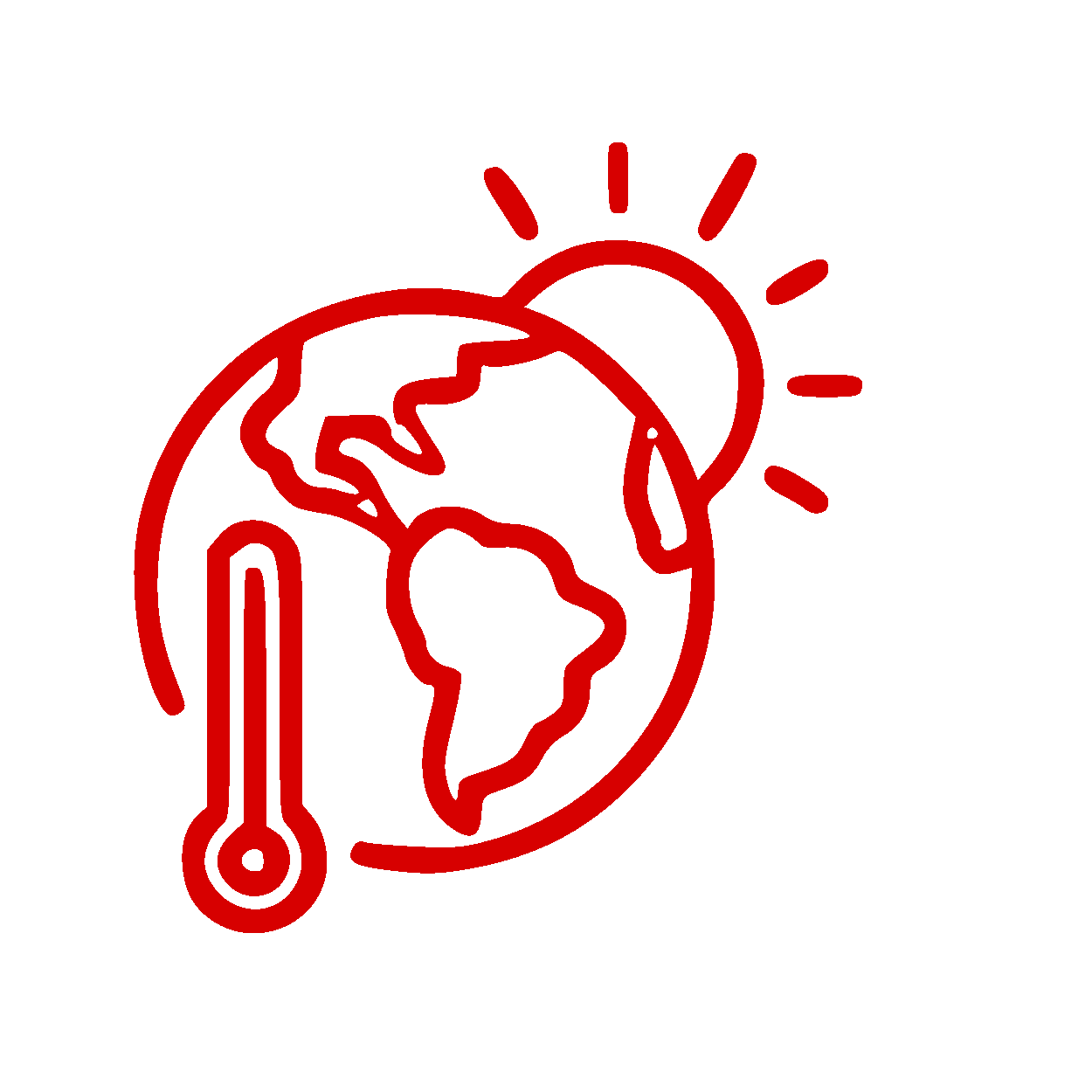NURTURE POSTERITY INTERNATIONAL is impacting peoples lives through devised ways that facilitate the improvement of African health, nutrition and food systems for the benefit of the people and the planet.
Impact the lives of people living in poverty especially smallholder farmers, women, children and the youth; through devising and implementing new technological advances to achieve the UN Sustainable Development Goals.
Design and implement sustainable solutions that increase access to affordable, safe and nutritious meals to reduce malnutrition and cognitive impairment, while advancing the global food system to become more equitable, inclusive, regenerative and sustainable.








Get involved with our work and let us get together to impact the lives of people living in poverty.
Adding {{itemName}} to cart
Added {{itemName}} to cart